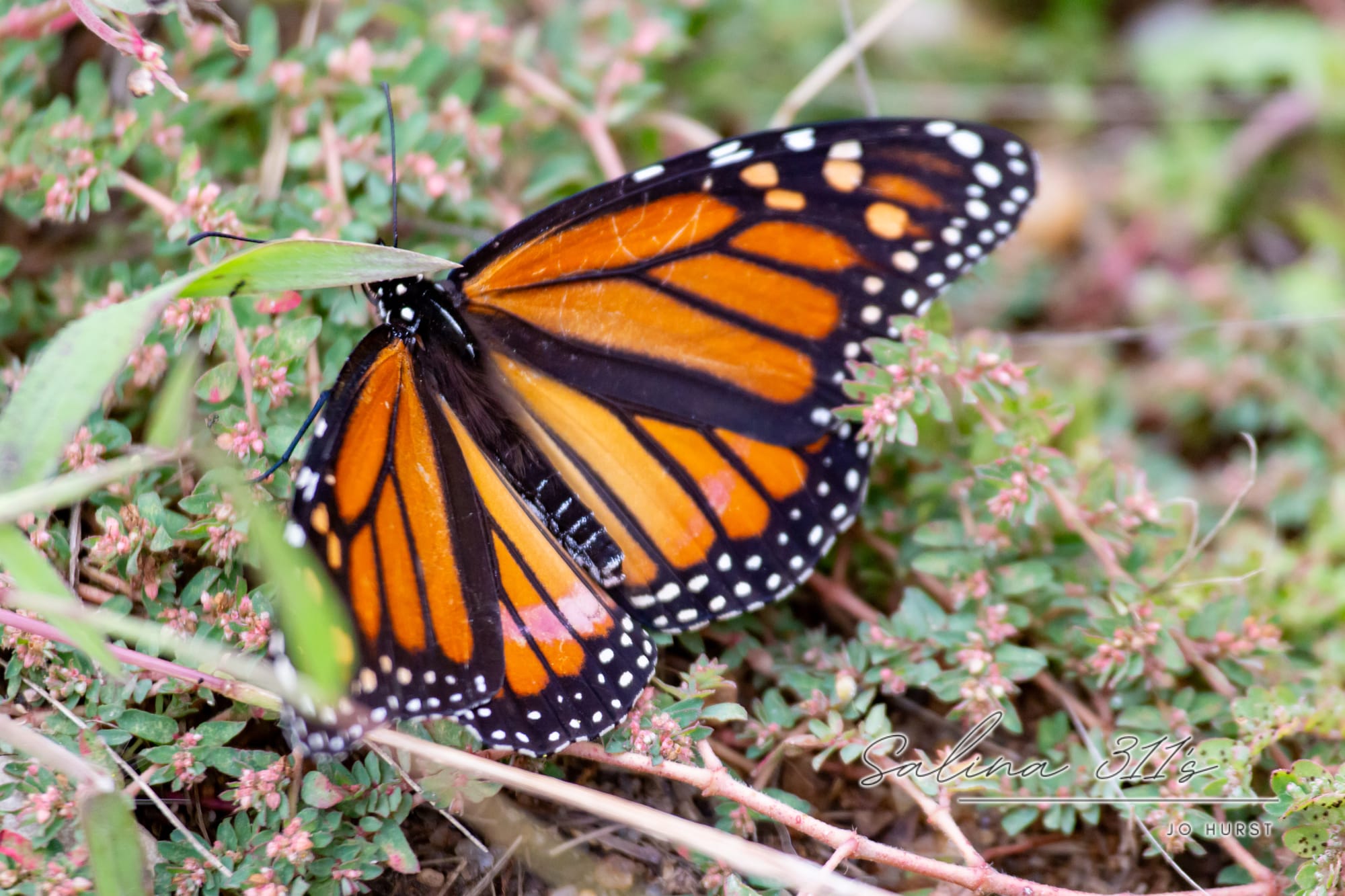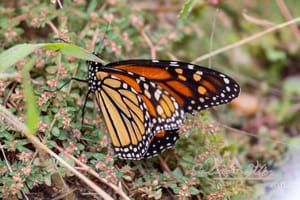Overview of Monarch Migration
(By Diane Dowell)
The monarch butterfly is famous for its annual migration across North America, one of the most remarkable phenomena in the insect world. Each year, millions of monarchs travel up to 3,000 miles from their breeding grounds in the United States and Canada to overwintering sites in central Mexico. This migration is a multi-generational journey, with several generations of butterflies completing the round trip. The monarchs' migration is driven by environmental cues, primarily the shortening day length and cooler temperatures, which signal the end of the breeding season and the need to move to warmer climates.
The Migration Route and Process
The migration begins in late summer and early fall, as monarchs from the eastern United States and Canada begin their journey southward. They travel along specific flyways, often following the contours of the land and using thermals to conserve energy. The butterflies funnel into central Mexico, specifically the oyamel fir forests of the Trans-Mexican Volcanic Belt, where they cluster in dense aggregations on tree branches to survive the winter. In the spring, they begin their return journey northward, stopping along the way to lay eggs on milkweed plants, which provide the sole food source for their caterpillars. Successive generations continue this journey, eventually reaching their northern breeding grounds by late spring or early summer.
Challenges Faced During Migration
The monarch migration is fraught with numerous challenges. One significant threat is habitat loss due to deforestation in their overwintering sites in Mexico and the decline of milkweed plants across North America. Additionally, climate change is altering weather patterns and temperatures, which can disrupt the migration timing and the availability of resources. Pesticide use in agricultural areas also poses a risk to both adult butterflies and their caterpillars. Despite these obstacles, the monarchs rely on their incredible navigational abilities, using the sun's position, the Earth's magnetic field, and possibly even ultraviolet light, to find their way.
Conservation Efforts and Future Outlook
Conservation efforts are critical to ensuring the survival of the monarch migration. Initiatives include planting milkweed and nectar plants along migration routes, protecting and restoring overwintering sites in Mexico, and reducing pesticide use. Education and awareness campaigns aim to engage the public in monarch conservation by encouraging citizen science projects and habitat restoration. While there has been some success, the future of the monarch migration remains uncertain due to ongoing environmental changes and habitat pressures. Continued efforts at local, national, and international levels are necessary to protect this extraordinary natural phenomenon for future generations.
Photos by Jo Hurst


